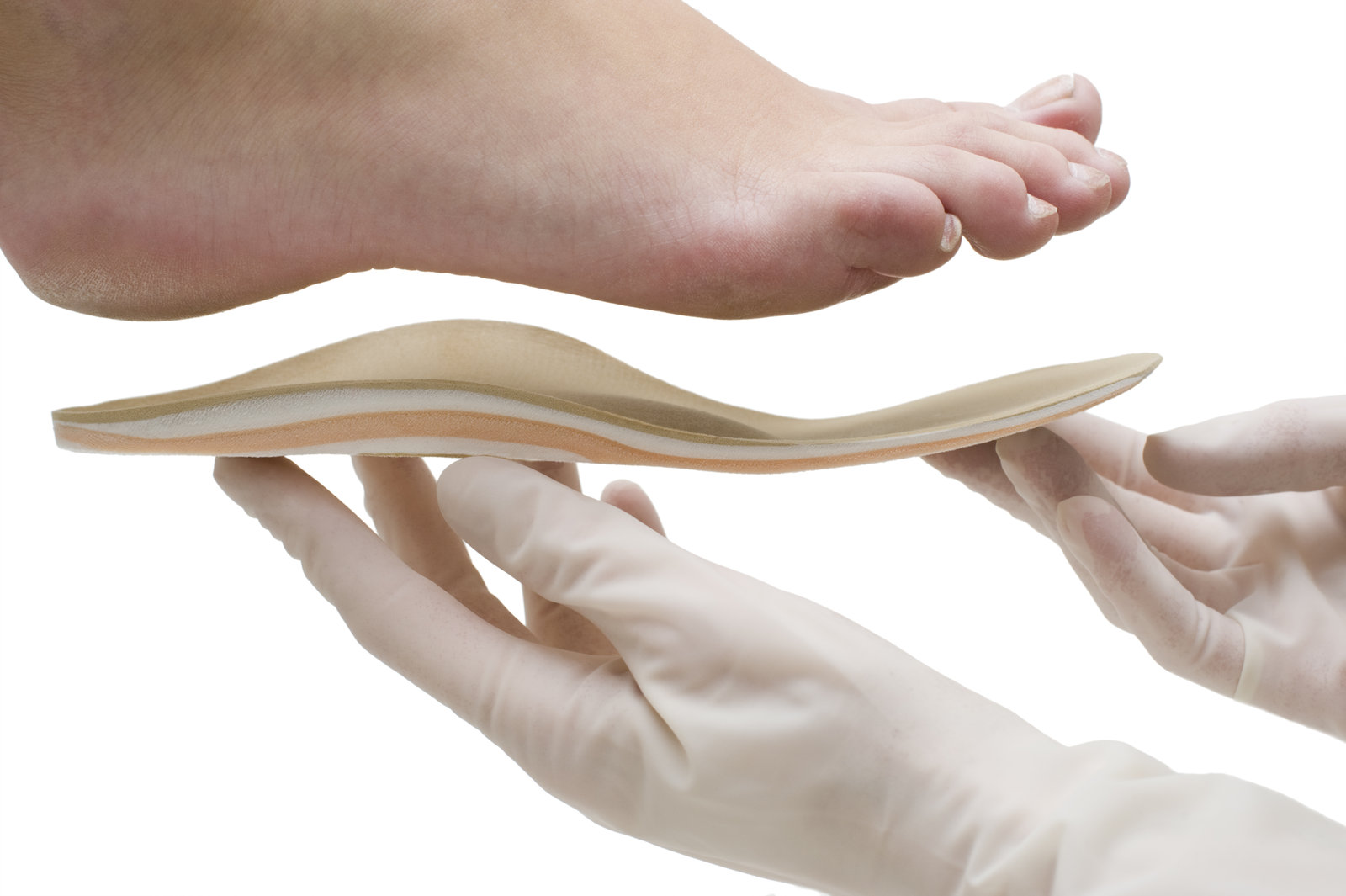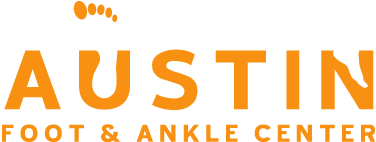Does your work involve standing on your feet all day long?
Whether you’re a waiter in a busy restaurant, a hairdresser in a salon, or a teacher, taking care of tired feet is an effort that can’t be ignored. When feet don’t have the support in shoes – legs, knees, and ankles suffer due to not ‘standing’ properly.
What Can You Do To Reduce Standing-Related Injuries?
Reducing standing-related injuries is crucial for anyone who spends a significant portion of their day on their feet. Whether you’re in retail, healthcare, education, or any field that requires extended periods of standing, taking proactive steps can help prevent the discomfort and health issues that come with it. Here are detailed strategies to keep you standing comfortably and safely:
- Invest in Quality Footwear: One of the most effective ways to combat standing-related injuries is by wearing shoes that provide adequate support. Look for shoes with good arch support, cushioned insoles, and a comfortable fit. Avoid high heels or flat shoes with no support, as these can exacerbate problems.
- Use Anti-fatigue Mats: If your job requires you to stand in one place for long periods, consider using anti-fatigue mats. These mats are designed to reduce the strain on your legs and back by providing a cushioned surface that encourages subtle movements of your leg muscles, improving blood flow and reducing fatigue.
- Change Your Standing Position: Regularly changing your position can help prevent muscle stiffness and fatigue. Try to shift your weight from one foot to the other, take small steps in place, or use a footrest to elevate one foot at a time. This variety in posture helps keep the blood flowing and reduces strain on any one part of your body.
- Incorporate Stretching and Exercise: Regular stretching and strengthening exercises can improve your endurance and reduce the risk of injuries. Focus on stretches that target your legs, back, and feet. Additionally, strengthening exercises for your core and legs can improve your posture and reduce the strain caused by prolonged standing.
- Take Regular Breaks: Whenever possible, take short breaks to sit down and elevate your feet. This can help reduce swelling and give your muscles a chance to relax. Even a few minutes can make a significant difference in how you feel by the end of the day.
- Stay Hydrated and Maintain a Healthy Diet: Dehydration and poor nutrition can contribute to muscle fatigue and weakness. Make sure you drink plenty of water throughout the day and eat a balanced diet rich in vitamins and minerals to support muscle health.
- Use Compression Socks: Compression socks can help improve circulation in your legs, reducing the risk of swelling and varicose veins, which are common issues for those who stand for extended periods. They work by applying gentle pressure to your legs and ankles, promoting blood flow back towards your heart.
- Adjust Work Surfaces to a Comfortable Height: If possible, adjust your work surfaces (like desks or counters) to a height that allows you to maintain good posture without having to stoop or reach up. This can help prevent back and shoulder pain.
- Practice Good Posture: Keeping your body aligned can reduce the strain on your muscles and joints. Stand straight with your shoulders back and your weight evenly distributed on both feet. Avoid slouching or leaning to one side.
- Consult with a Professional: If you’re experiencing significant discomfort or pain related to standing, consider consulting with a healthcare provider, such as a podiatrist, physical therapist, or occupational therapist. They can offer personalized advice and treatment options, including custom orthotics or specific exercises to address your needs.
Get Customized Orthotics
Customized orthotics are specialized medical devices designed to support and comfort your feet. Unlike off-the-shelf inserts, custom orthotics are tailored to the unique contours of your feet and are prescribed to address specific foot, leg, or back issues. Here’s how they can play a crucial role in reducing standing-related injuries and what you should know about getting them:
Why Consider Customized Orthotics?
- Personalized Support: Custom orthotics are crafted based on a detailed assessment of your feet, including their structure, how you move, and any specific conditions you may have. This personalized approach ensures that the orthotics provide the exact support and cushioning your feet need.
- Alleviate Pain: By correcting alignment and redistributing pressure across the foot, custom orthotics can alleviate pain not only in the feet but also in the knees, hips, and lower back.
- Enhance Comfort: Because they’re made to fit your feet perfectly, custom orthotics can significantly increase comfort, especially for those who stand for long hours. This can lead to less fatigue and more energy throughout the day.
- Improve Posture and Gait: Custom orthotics can help correct improper foot positioning and, as a result, can improve your overall posture and the way you walk. This can have a cascading positive effect on your entire musculoskeletal system.
- Prevent Further Injuries: By addressing underlying issues and providing proper support, custom orthotics can prevent the development or worsening of foot-related conditions, such as plantar fasciitis, bunions, and hammertoes.
How to Get Customized Orthotics
- Consult Austin Foot & Ankle Center: The first step is to see one of our podiatrists. They can assess your feet, gait, and any symptoms you’re experiencing to determine if custom orthotics could benefit you.
- Foot Assessment: This typically involves a physical examination of your feet, watching how you stand and walk, and may include imaging tests like X-rays. Some practitioners also use computerized systems to analyze your gait and pressure points on your feet.
- Casting Your Feet: To make your custom orthotics, a mold of your feet will be taken. This can be done through various methods, such as plaster casting, foam impressions, or 3D scanning. The goal is to capture the precise shape of your feet in their optimal alignment.
- Manufacturing the Orthotics: The molds or scans are sent to a lab where your custom orthotics will be made. Materials and design specifics are chosen based on your individual needs and the recommendations of your healthcare provider.
- Fitting and Adjustments: Once the orthotics are ready, you’ll have a fitting appointment. It’s important to bring the shoes you wear most often to this appointment to ensure the orthotics fit well within them. There may be a period of adjustment as your feet get used to the orthotics, and follow-up visits are essential to make any necessary adjustments for the perfect fit.
- Maintenance: Custom orthotics are durable, but they do wear out over time. Regular check-ups with your healthcare provider can ensure they remain in good condition and continue to meet your needs.
Investing in custom orthotics can be a game-changer for those who spend a lot of time on their feet. By providing tailored support and alleviating pain, they can significantly improve your quality of life and prevent future foot health issues.



